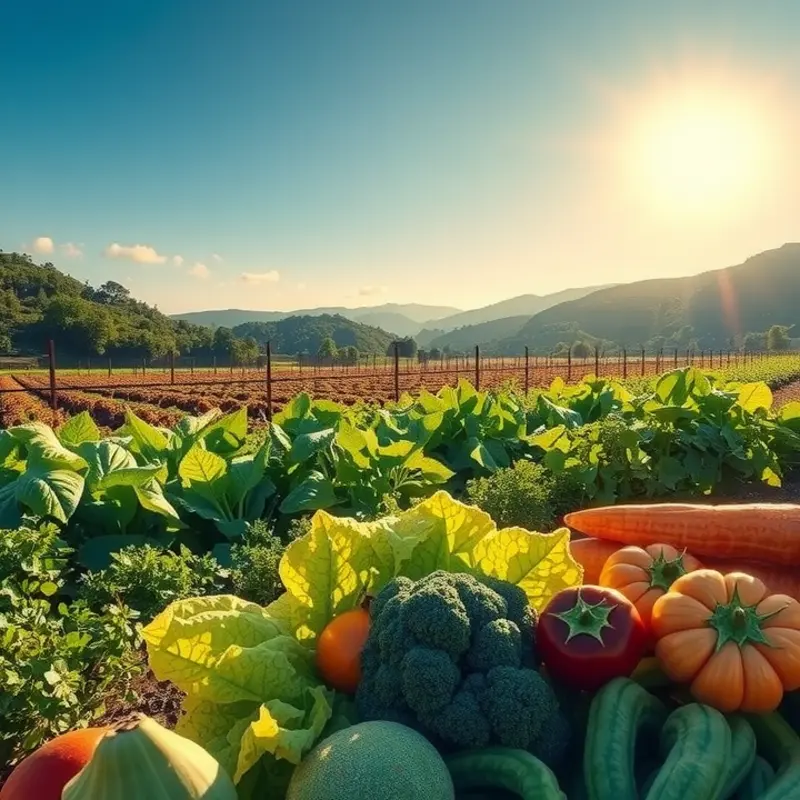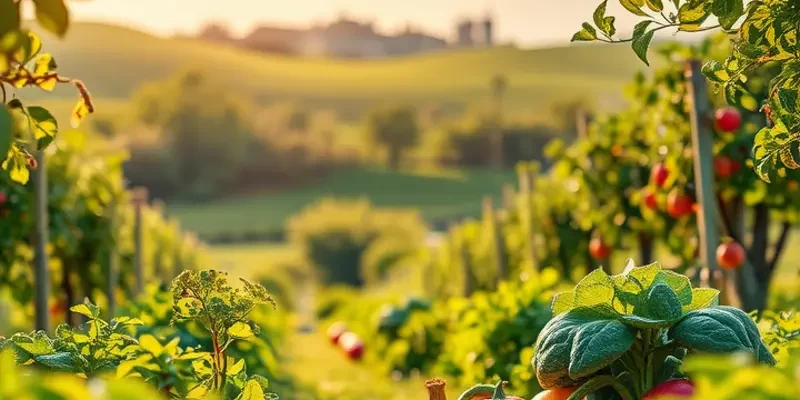Herbal cuisines around the world offer a vibrant tapestry of flavors, aromas, and cultural significance. Each dish tells a story of the region’s history, traditions, and the enduring connection to the land. From verdant kitchens of Southeast Asia to the fragrant markets of the Mediterranean, this culinary journey invites food enthusiasts and the culturally curious to discover unique herbal traditions that invigorate both body and spirit.
The Essence of Herbal Flavors in Asian Cuisines

Asia, a continent renowned for its culinary diversity, offers a symphony of flavors largely credited to its rich herbal traditions. From the aromatic dishes of Thailand to the intricate flavors of China and the bold spices of India, herbs play a pivotal role in shaping Asian cuisines. These natural ingredients not only enhance taste but also carry cultural significance and health benefits, turning ordinary meals into unforgettable experiences.
In Thai cuisine, herbs like lemongrass, galangal, and Thai basil are essential. Lemongrass, with its bright citrus notes, is a fundamental ingredient in iconic dishes such as tom yum soup. The use of fresh herbs not only injects vibrant flavors but also embodies the Thai principle of balancing sour, salty, sweet, and spicy elements in each dish. Galangal, often confused with ginger, adds a sharp, distinct flavor that distinguishes Thai curries and soups. Together, these herbs create a complexity that’s both soothing and invigorating.
Chinese culinary traditions also emphasize herbal ingredients, incorporating them not just for taste but often for their medicinal properties. Ginger, for instance, is a staple in Chinese cooking, revered for its ability to aid digestion and fight inflammation. It is sliced, grated, or minced to infuse a subtle heat and sweetness into stir-fries, soups, and marinades. Meanwhile, the use of star anise, Sichuan peppercorns, and various medicinal herbs reflects a culinary heritage deeply intertwined with traditional Chinese medicine, illustrating how food and health are harmoniously blended.
In Indian cuisine, the heritage of herbal usage is vividly evident. Fenugreek, with its slightly bitter undertone, is a crucial part of spice blends like garam masala and curry powders. Often used in seed form or as fresh leaves, it imparts a unique depth of flavor to dishes such as methi malai paneer and aloo methi. Besides its culinary uses, fenugreek is highly regarded in herbal medicine for its potential to regulate blood sugar and boost breast milk production, showcasing the rich tapestry of cultural practices surrounding its use.
These herbs are not only ingredients; they represent time-honored traditions and practices handed down through generations, framing a cultural narrative where food nurtures both body and soul. Such emphasis on natural ingredients can serve as inspiration for modern eco-friendly cooking habits, suggesting that sustainable practices begin at home with the mindful use of herbs (explore more on eco-friendly cooking habits).
Across Asia, the integration of herbs into daily meals exemplifies a commitment to maintaining cultural heritage while embracing the benefits of natural ingredients. As culinary practices evolve, the foundational role of these herbs endures, offering a sensory journey through tastes and aromas that continue to captivate and inspire cooks worldwide.
Herbs and Spices: The Heart of Mediterranean and Middle Eastern Fauna

The Mediterranean and Middle Eastern regions boast a profound legacy that is deeply entwined with their culinary traditions, where herbs and spices are revered as the heart of their gastronomy. These regions extend beyond mere cooking and illustrate how carefully selected ingredients influence social connections, rituals, and even health practices.
Among the vibrant Middle Eastern flavors, za’atar holds a special place. This aromatic blend typically includes thyme, sesame seeds, sumac, and salt. It is not just a seasoning but a symbol at the center of communal gatherings, often shared over flatbreads with olive oil. As a staple, za’atar not only enhances the taste but also signifies hospitality and togetherness. Beyond its cultural significance, its components like thyme and sumac have been treasured for their antioxidant and anti-inflammatory properties, aligning with historical herbal medicine practices.
On the broader Mediterranean canvas emerges another celebrated dish: tabbouleh. This dish, abundant in parsley, mint, and lemon, offers an explosion of freshness, capturing the essence of sunny landscapes and outdoor meals. Parsley’s vibrant green color is not merely for visual pleasure; it is rich in vitamin K, iron, and other vital nutrients. As a component of social rituals, tabbouleh invariably accompanies Lebanese feasts and picnics, celebrating not only flavor but community and kinship.
Across the azure waters of the Mediterranean, the continuous use of oregano and basil reflects an inherent appreciation for herbs’ robustness. In Greece, oregano crowns the quintessential Greek salad and grilled meats, delivering warmth that complements the tenderness of feta and the juicy tomato slices. Meanwhile, basil graces Italian kitchens, its sweet yet peppery aroma the hallmark of a classic Caprese salad.
These locales have traditionally viewed herbs and spices as more than mere flavor enhancers. There exists a centuries-old understanding of their health benefits—a notion now embraced by modern science. For instance, Mediterranean diets are lauded for their preventive health benefits, promoting heart health—the basis being not just olive oil but also an array of herbs providing multi-faceted nutritional benefits. More about such health-promoting ingredients can be explored through functional foods.
In both these regions, the daily use of herbs and spices extends to ceremonial applications as well. Traditional rituals often employ saffron and rose water, imparting a sacredness to dishes served during special occasions or religious feasts. These ingredients transform the dining experience into a sensory journey, extending beyond taste to cultural storytelling.
In conclusion, Mediterranean and Middle Eastern cuisines offer a lesson in culinary artistry where herbs and spices are more than mere ingredients; they are the connecting tissues of culture and wellbeing, knitting together the fabric of societal rituals and health-awareness that continue to thrive even today.
Final words
Herbal cuisines are more than mere food; they embody the traditions, histories, and cultures of the regions they come from. As food enthusiasts delve into these rich culinary practices, they embrace a deeper understanding of flavor profiles that span continents. Whether savoring spices in Middle Eastern dishes or herbs in Southeast Asian delights, each discovery reveals the sacred bond between nature and nourishment. By taking the time to appreciate these cultural culinary traditions, we not only delight our palates but also honor the ancestral wisdom that has shaped our food landscape. So, let your culinary explorations take you beyond the plate.








